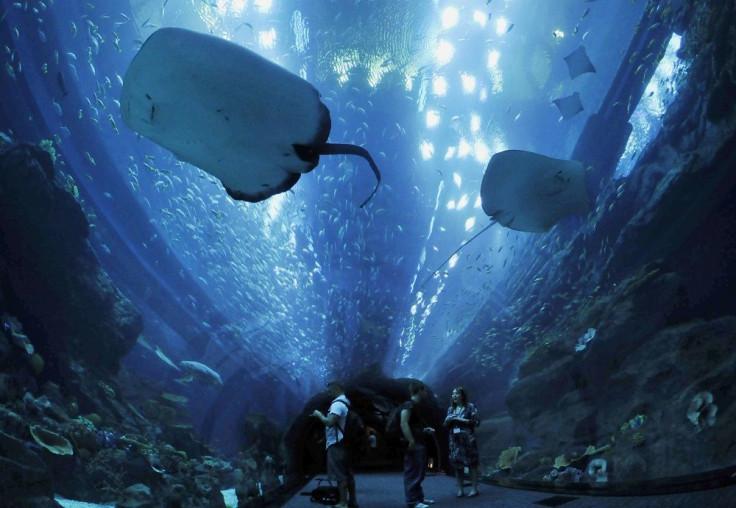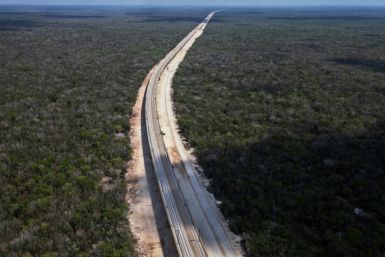Dangerous Drop In Oxygen Level Kills 58 Stingrays In Chicago Zoo

Oxygen levels in a tank at Chicago’s Brookfield Zoo dropped to dangerous levels on Friday afternoon. It resulted in the death of 58 stingrays despite immediate response of the zoo staff to the situation and reestablishment of normal oxygen levels within 20 minutes.
“We are devastated by the tragic loss of these animals,” Bill Zeigler of the Chicago Zoological Society, operator of the zoo, wrote in a Facebook post. “Our staff did everything possible to try and save the animals, but the situation could not be reversed,” he added, quotes the New York Daily News.
The incident killed 54 cow-nose rays and four southern stingrays. The society decided to close the exhibit for the rest of summer while it is investigating the malfunction.
According to the Chicago Tribune, it is the second incident of stingray deaths to hit the zoo. In 2008, 19 stingrays died when water temperature rose by 10 degrees after a heater problem.
While the zoo’s problem was localised and possibly caused by equipment malfunction, a similar situation is happening in bigger bodies of water, causing
causing oceans to become hostile to marine life, warns National Geographic.
Oxygen levels in these areas are naturally row, but those regions are spreading. The March article identifies the areas where oxygen levels have gone down further as vast portions of the eastern Pacific, practically the whole Bay of Bengal and an area of the Atlantic off West Africa.
In the past five decades, more than 4.5 million square kilometres have become low-oxygen areas. While scientists are still researching how much global warming and natural cycles have contributed to the oxygen loss, they warn of the loss further expanding and accelerating due to climate change.
Researchers predict that over the next 10 years, the situation would result in just a very thin lens on top of the ocean would be left for most organisms – such as sailfish, sharks, tuna, swordfish, Pacific cod, sardines, herring, shad and mackerel – to live.
To contact the writer, email: vittoriohernandez@yahoo.com






